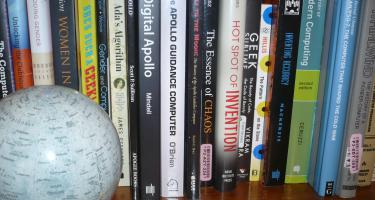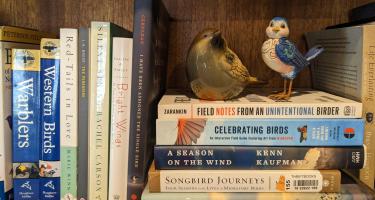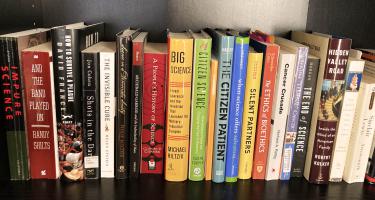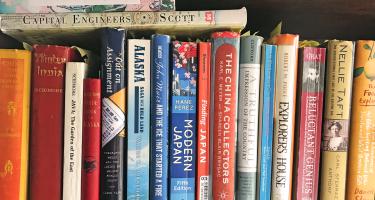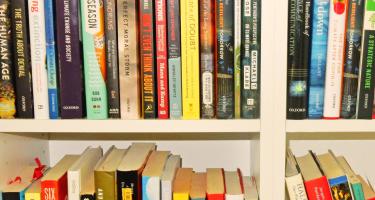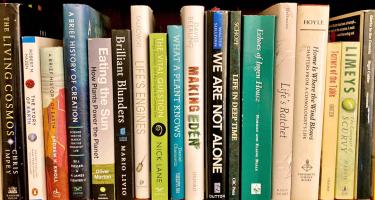
Dan Levitt—What's Gotten Into You: The Story of Your Body's Atoms, from the Big Bang Through Last Night's Dinner
“All matter—everything around and within us—has an ultimate birthday: the day the universe was born,” Dan Levitt writes in What's Gotten Into You: The Story of Your Body's Atoms, from the Big Bang Through Last Night's Dinner. In reporting how we became who we are, Levitt illuminates the lives and struggles of the scientists who discovered how the past remains alive in the present.
